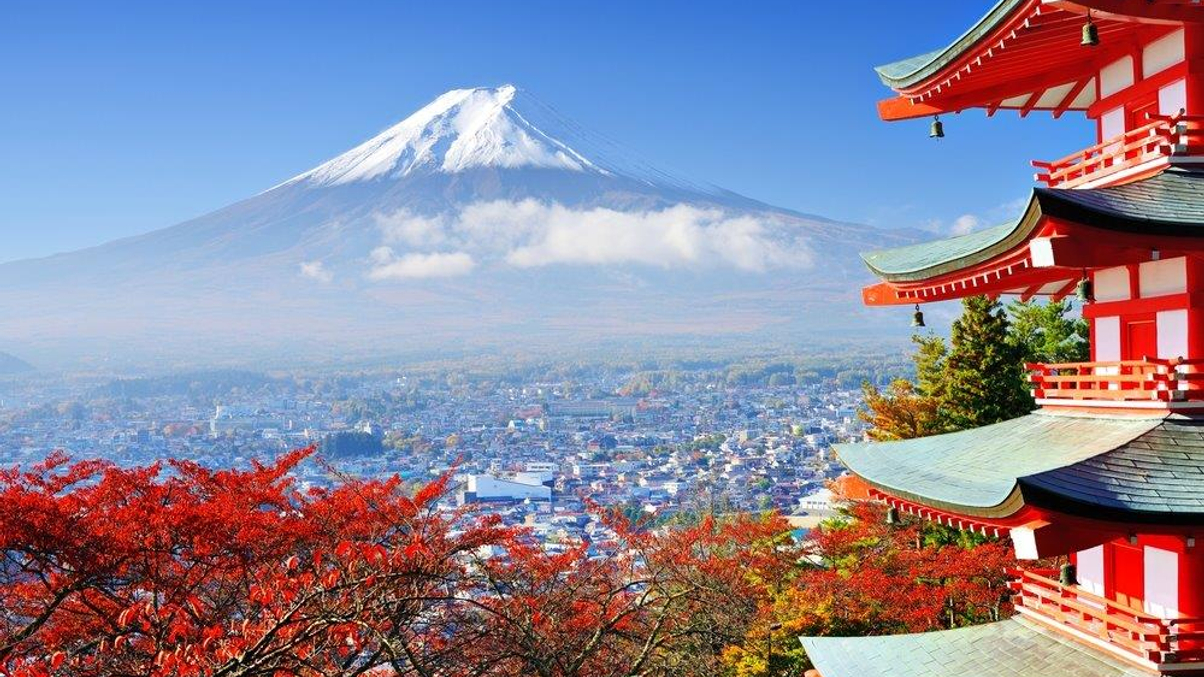Japanese life insurers flock back to JGBs for their relatively higher yield
High hedging costs and a low yen have led Japanese life insurers to focus on domestic government bonds, although declining yields might also prompt them to seek out alternatives.

Japanese life insurers plan to buy more domestic fixed income, with a focus on the 30-year — so-called super-long — Japanese government bonds (JGBs).
Sign in to read on!
Registered users get 2 free articles in 30 days.
Subscribers have full unlimited access to AsianInvestor
Not signed up? New users get 2 free articles per month, plus a 7-day unlimited free trial.
¬ Haymarket Media Limited. All rights reserved.


